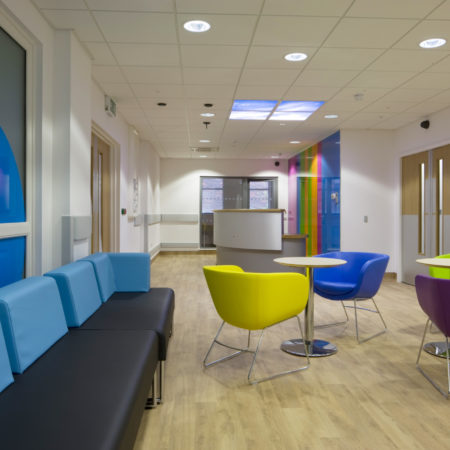What Does the Changing Face of Primary Care Mean for Healthcare Facilities?
In many sectors of society and the economy, Covid-19 has accelerated the pace of change. Shifts, such as the move to remote and flexible working that were gradually evolving, quickly became mainstream.
In healthcare, a similar acceleration of trends is underway. The transfer of minor surgery and routine treatments from hospitals to community settings has become a priority. This shift will allow NHS hospitals to tackle the backlog of major surgical procedures and manage capacity effectively if there is a second wave of Covid-19 or a future pandemic of another infection.
Increasing the pace of transferring services from hospitals to primary care will create a more resilient health service that is easier for people to access. It will also better meet the needs of communities. The biggest challenge is that GP surgeries and medical centres lack the physical space to take on additional services. Many were already short of space before the pandemic. This situation isn’t helped by the need to maintain social distancing and strict infection control measures.
Additional Services Need Additional Space
Flu vaccination will become much more widespread, Covid-19 testing may be moved to surgeries and medical centres as opposed to drive-in facilities, and many Covid patients face a long haul of recuperation and therapy. These factors are on top of the desire to carry out a greater number of minor procedures in community settings.
In short, primary care needs more space. Either existing facilities need to be extended, or new facilities must be created in the heart of local communities. And because there is urgency behind the change, choosing appropriate construction methods will be important. Traditional methods can take longer and may be too disruptive in many settings.
Modernising primary care services will go hand-in-hand with modernising the methods used to build the additional capacity. Modern Methods of Construction (MMCs) such as panelised offsite can bring new primary healthcare facilities into use much quicker and with much less disruption than traditional techniques.

